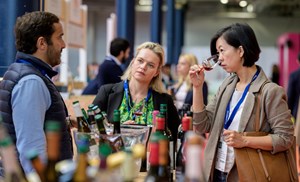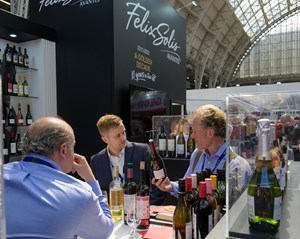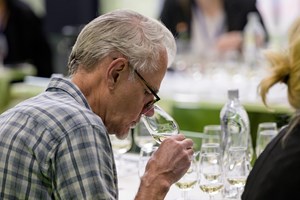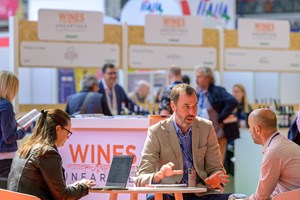Why wine brands describing themselves as “luxury” does not necessarily make them so
Really? I did not know they were. How do you mean?
Well, try this for a game. Type luxury wine brand into Google and what do you see? A number of what you might define as major global wine producers each having their own luxury brands division or separate luxury wines portfolios. It seems having a premium or even super premium category for your high-end wines is no longer good enough. To really stand out and be seen as aspirational you now need to push yourself into the luxury class.
What is wrong with that?
For those brands that can truly demonstrate that they have luxury status, it is clearly the right way to go. They have proven why they should be regarded as amongst the most coveted and respected wine brands vs their peers. But it is hard definition to meet. What actually constitutes a luxury wine brand when comparing it to other respected luxury brands in the car, watch, perfume and clothing sectors? The real issue here is with wines and brand owners that previously classified themselves as super premium suddenly elevating themselves to luxury. What have they done to deserve their new luxury status other than the business they belong to defining them as such, for their own commercial reasons? That’s where we have a potential problem.
But it’s a great marketing and business move if you can make it work?
Absolutely. Treasury Wine Estates, for example, has long been pushing Penfolds up the luxury ladder with its moves into Napa and now a Champagne Penfolds too in partnership with Thiénot. It knows potential long term profitable growth has to come from the next generations of well-heeled wine drinkers that will have the luxury disposable income of the future. Consumers who currently may not even drink wine at all but are looking for unique experiences that match their lifestyle. As Penfolds’ Managing Director, Tom King told Global Drinks Intel recently: “Our vision is to be a global luxury item that’s mentioned in the same breath as the likes of Hermès or Mercedes.”
How are they looking to do that?
By not doing, for a start, what every other supposedly collectible wine brand has done before. To break out of wine’s stuffy world and play in the luxury brand space with dramatic gifting concepts - Penfolds as a space rocket for example - and dynamic packaging. To get younger people to spend more, adds King, you need them to understand why your brand is so special, and it is doing that by “running activations that look and feel more like a party in a nightclub than a traditional wine event”. To appeal to a new audience you need to think and act differently too.
So why are wine brands trying to elevate themselves to luxury status?
Good question. It’s all about long term security and growth. Bain & Company, the global management consultants, claims Gen Z and millennials will contribute 130% of growth in the luxury personal goods market between now and 2025. Of which the Gen Z generation will account for 40% of that market by 2035. Fewer younger consumers may be going into wine at the lower end of the sector, but there is potentially a huge untapped market at the luxury end. Particularly for brands that can offer them highly personal experiences that they can’t get anywhere else. If it helps them to make a contribution to saving the planet then even better. That money can’t buy holistic, or wellbeing experience. The luxury sector is going to be increasingly about conscious consumption than owning the most coveted watch - or bottle of wine.
Interesting. Tell us more.
Younger, rich consumers are willing to pay for personalised experiences curated just for them. An experience, for example, that are exclusive to their specific needs. The chance to engage with people and brands that are transparent, sustainable and they can trust. It opens the door for a new raft of luxury brands and companies that might not traditionally be seen as luxury but can offer a tailored experience that embodies their values and interests that will make the consumer feel luxurious. Perhaps a seemingly priceless stay at an industry leading sustainable vineyard? The chance to make your own blend of a world recognised sustainable wine brand?
My word! It’s a bit more complex than having a collection of First Growths in your cellar?
Let’s take it back to basics. Advertising guru David Trott, says the most “powerful motivation” in brand marketing is how it makes “other people think of us”. Captured perfectly by Marks & Spencer’s “This isn’t just food, this is M&S food” campaign. It makes us feel that the M&S brand is better than its peers.
He says: “Naturally we want to compete with whoever is above us, not with whoever is below.
If we compete with someone above us, we drag perception up, if we compete with someone below us, we drag perception down.”
Which is why we are seeing so many wine brands wanting to “drag” their own “perceptions up” to be classified as luxury brands. The killer words here, though, are “what other people think of us”.
For a wine producer can do all it likes to say it has luxury brands, but ultimately luxury lies in the eye of the beholder - not the maker.









